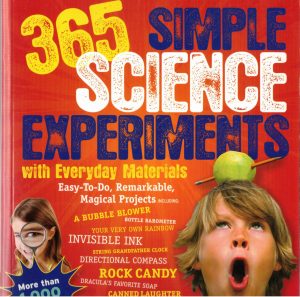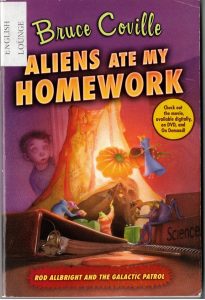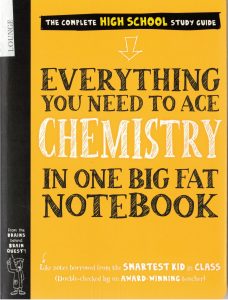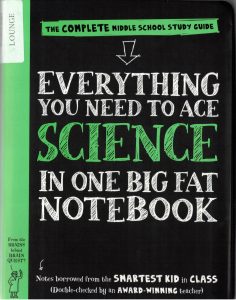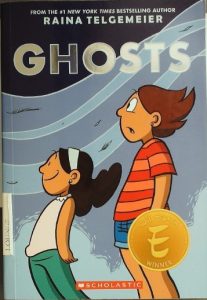[Welcome to the EL Book Introductions series. These posts are all short (<180 words) introductions/reviews of books in the EL library. They focus on telling you what we think will be interesting for you, a college student and English learner, so use them to help you find the right book for you. You can also use the tags to find books about topics you might be interested in.]
_______
There is a British-English saying: “Exactly what it says on the tin (can).” This book is just that: it contains 365 simple science experiments using everyday materials. Some are interesting and some are very simple. You will probably not learn a lot of new science from this book. However, you can learn good science vocabulary in context, which is better for remembering than studying a vocabulary list. As I have written in other blog posts here, it is always easier to learn what you already know. That means that it is usually easier to study scientific English by reading about concepts you already know in Japanese.
This book is also useful for showing how to give examples, describe a process, and explain simple ideas in an easy-to-understand way. You might want to look at this book if you have to give an English presentation explaining an idea or a scientific experiment. Depending on your assignment, you might even try doing one or two of the experiments for your class.
My two cents: This is another book written “for kids,” but I believe that the language and contents can be useful for college students learning English, too.
